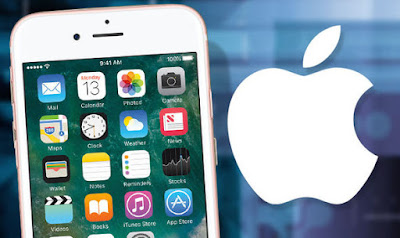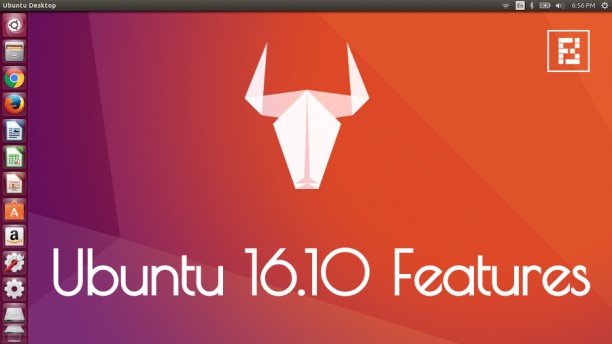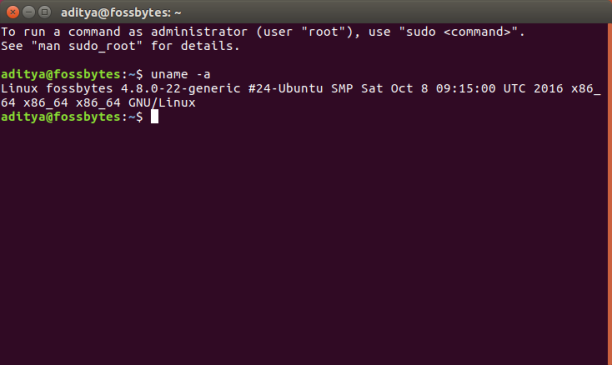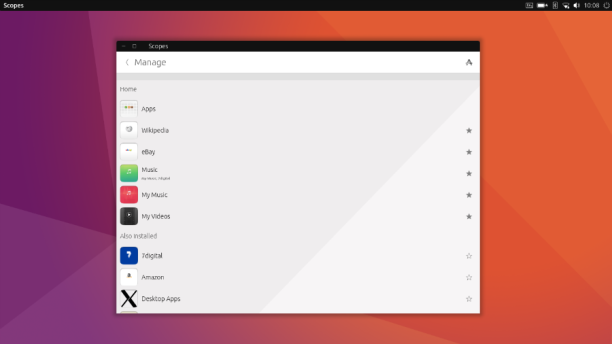As individuals in the 21st century, we all have a sense of what people mean when they use the phrase “social media.” Immediately, our minds populate a list that includes sites such as Facebook, Twitter, and LinkedIn. We may even have knowledge of enterprise-specific programs like Slack that have changed the face of professional messaging.
What many digitally savvy people are unaware of, however, is that there are many other platforms that are disrupting enterprise social media as we know it – and if you want to stay ahead of the curve, you need to get on board. For companies committed to digital leadership, these are the three new, must-have apps.
The Next Generation of Visuals
Multimedia social network use has become the gold standard these days, as you can see by dropping in on just about any professional or personal account across the complete range of platforms. Sam Ovens’ peppers his Twitter feed with screenshots of client interactions, companies share video from their product development team, and when all else fails, even major brands aren’t above posting a few baby animal images. Soon, though, this approach to visual won’t be enough, thanks to apps like Storehouse.
What Storehouse brings to the table that sets it apart from other image dominated programs, like Instagram or Snapchat, is the ability to coordinate different sources of images. That means it can pull from your Instagram, Flickr, camera roll, and more to help you create elaborate social media narratives. Although TechCrunch recognized Storehouse as a top appin 2015, most companies haven’t started using it as part of their overall marketing strategy.
The Competitive Edge
There are two main components to brand development and management – the narrative you put out about your brand and what others say about it. While you control that first component, it can be hard to keep up with the broader commentary pointed in your direction, and that’s where Brand24 comes in.
Brand24 is a social media monitor, tuning into your different accounts to catch whatever feedback comes your way, and alerting you to positive and negative comments that may require further attention. This is a great way to keep your finger on the pulse of things and prevents you from missing key customer service opportunities.
The Organizer You Always Needed
In business, sometimes the greatest innovation comes from finding new ways to do old things – progress isn’t always product-focused. That’s what makes Buffer such an innovative tool; it offers a better management system for handling the overwhelming weight of social media.
Plenty of platforms are focused on helping you plan and schedule for a single site, but Buffer ties together Twitter, Google+, Pinterest, and more for a simplified experience. You won’t believe how much time you were wasting coordinating your social media until you see how much easier Buffer makes it.
The role of social media in business will only continue to grow in coming years, so it’s important to stay on the cutting edge, adopting new apps to make your job easier and your strategies more innovative. These three apps are just the beginning of a total social media transformation.
This Blog was first published on: http://smarterware.org/2016/10/face-change-3-apps-disrupting-enterprise-social-media/
























